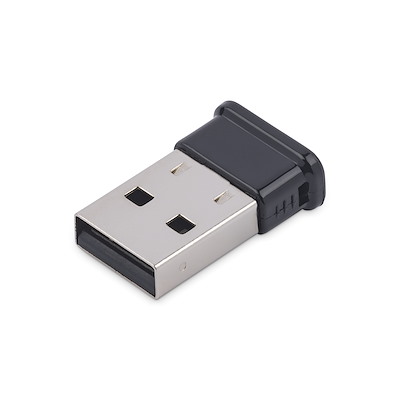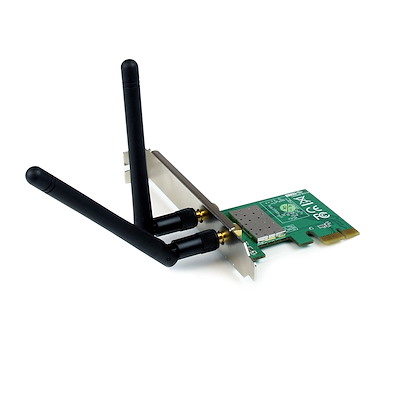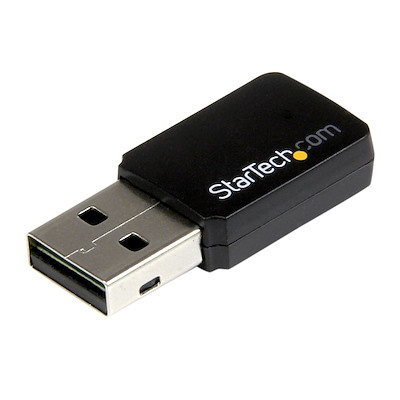Elecom Network & Wireless Cards Driver Download
- Telecoms.com is where the telecoms industry goes first for the latest news, in-depth analysis, interviews with senior industry figures and insightful market intelligence.
- Home Telecom is located in Moncks Corner, SC. We offers bundled wireless, cable, home telephone, security and high speed internet for home and business.
- Update your network card from Realtek with the latest drivers for Windows 2000/XP/XP 64-bit. 802.11g Wireless Lan Driver 10.1.0.11.zip. Download the 3Com Etherlink XL 3C90x Adapter Driver.
Intrado Corporation is a global provider of communication and network infrastructure services. Intrado helps its clients more effectively communicate, collaborate and connect with their audiences through a diverse portfolio of solutions that include unified communications services, safety services, interactive services such as automated notifications, telecom services and specialty agent services.
- Types of networks
- Network access
- Random access
- Open systems interconnection
Our editors will review what you’ve submitted and determine whether to revise the article.
 Join Britannica's Publishing Partner Program and our community of experts to gain a global audience for your work! Robert K. Morrow
Join Britannica's Publishing Partner Program and our community of experts to gain a global audience for your work! Robert K. MorrowTelecommunications network, electronic system of links and switches, and the controls that govern their operation, that allows for data transfer and exchange among multiple users.
When several users of telecommunications media wish to communicate with one another, they must be organized into some form of network. In theory, each user can be given a direct point-to-point link to all the other users in what is known as a fully connected topology (similar to the connections employed in the earliest days of telephony), but in practice this technique is impractical and expensive—especially for a large and dispersed network. Furthermore, the method is inefficient, since most of the links will be idle at any given time. Modern telecommunications networks avoid these issues by establishing a linked network of switches, or nodes, such that each user is connected to one of the nodes. Each link in such a network is called a communications channel. Wire, fibre-optic cable, and radio waves may be used for different communications channels.
Types of networks
Switched communications network
A switched communications network transfers data from source to destination through a series of network nodes. Switching can be done in one of two ways. In a circuit-switched network, a dedicated physical path is established through the network and is held for as long as communication is necessary. An example of this type of network is the traditional (analog) telephone system. A packet-switched network, on the other hand, routes digital data in small pieces called packets, each of which proceeds independently through the network. In a process called store-and-forward, each packet is temporarily stored at each intermediate node, then forwarded when the next link becomes available. In a connection-oriented transmission scheme, each packet takes the same route through the network, and thus all packets usually arrive at the destination in the order in which they were sent. Conversely, each packet may take a different path through the network in a connectionless or datagram scheme. Since datagrams may not arrive at the destination in the order in which they were sent, they are numbered so that they can be properly reassembled. The latter is the method that is used for transmitting data through the Internet.
Broadcast network
A broadcast network avoids the complex routing procedures of a switched network by ensuring that each node’s transmissions are received by all other nodes in the network. Therefore, a broadcast network has only a single communications channel. A wired local area network (LAN), for example, may be set up as a broadcast network, with one user connected to each node and the nodes typically arranged in a bus, ring, or star topology, as shown in the figure. Nodes connected together in a wireless LAN may broadcast via radio or optical links. On a larger scale, many satellite radio systems are broadcast networks, since each Earth station within the system can typically hear all messages relayed by a satellite.
Network access
Since all nodes can hear each transmission in a broadcast network, a procedure must be established for allocating a communications channel to the node or nodes that have packets to transmit and at the same time preventing destructive interference from collisions (simultaneous transmissions). This type of communication, called multiple access, can be established either by scheduling (a technique in which nodes take turns transmitting in an orderly fashion) or by random access to the channel.
Scheduled access
In a scheduling method known as time-division multiple access (TDMA), a time slot is assigned in turn to each node, which uses the slot if it has something to transmit. If some nodes are much busier than others, then TDMA can be inefficient, since no data are passed during time slots allocated to silent nodes. In this case a reservation system may be implemented, in which there are fewer time slots than nodes and a node reserves a slot only when it is needed for transmission.

A variation of TDMA is the process of polling, in which a central controller asks each node in turn if it requires channel access, and a node transmits a packet or message only in response to its poll. “Smart” controllers can respond dynamically to nodes that suddenly become very busy by polling them more often for transmissions. A decentralized form of polling is called token passing. In this system a special “token” packet is passed from node to node. Only the node with the token is authorized to transmit; all others are listeners.

Random access
Scheduled access schemes have several disadvantages, including the large overhead required for the reservation, polling, and token passing processes and the possibility of long idle periods when only a few nodes are transmitting. This can lead to extensive delays in routing information, especially when heavy traffic occurs in different parts of the network at different times—a characteristic of many practical communications networks. Random-access algorithms were designed specifically to give nodes with something to transmit quicker access to the channel. Although the channel is vulnerable to packet collisions under random access, various procedures have been developed to reduce this probability.
Elecom Network Sign In
Carrier sense multiple access
One random-access method that reduces the chance of collisions is called carrier sense multiple access (CSMA). In this method a node listens to the channel first and delays transmitting when it senses that the channel is busy. Because of delays in channel propagation and node processing, it is possible that a node will erroneously sense a busy channel to be idle and will cause a collision if it transmits. In CSMA, however, the transmitting nodes will recognize that a collision has occurred: the respective destinations will not acknowledge receipt of a valid packet. Each node then waits a random time before sending again (hopefully preventing a second collision). This method is commonly employed in packet networks with radio links, such as the system used by amateur radio operators.
Elecom Huge Software Download

Elecom Network Connect
It is important to minimize the time that a communications channel spends in a collision state, since this effectively shuts down the channel. If a node can simultaneously transmit and receive (usually possible on wire and fibre-optic links but not on radio links), then it can stop sending immediately upon detecting the beginning of a collision, thus moving the channel out of the collision state as soon as possible. This process is called carrier sense multiple access with collision detection (CSMA/CD), a feature of the popular wired Ethernet. (For more information on Ethernet, seecomputer: Local area networks.)
Elecom Trackball Download
- related topics

